
Nutritional Heritage
Kellogg’s can trace its origins to a philosophy that urged people to improve their health by changing their eating habits.
Ancestry of grains:
Grains have been at the heart of our diets for at least 10,000 years. From maize in Mexico to rice in Asia to wheat in the near East, people around the world still rely on grains as an essential staple of their diets. 1,2
Grains: An integral part of Indian diet
Cereals, millets and pulses are major sources of many nutrients including protein. They also serve as the main source of energy in Indian diets contributing to about 70-80% of daily energy intake of majority of Indians. The commonly consumed cereals and millets consumed in India are rice, wheat, maize, jowar, bajra and ragi.3
India ranks second in the world in the product of rice and wheat followed by maize. Bajra / pearl millet is the oldest known millet to mankind. Currently, India is the largest producer of this staple.4
Grains nourish!
Grains contain carbohydrates, the main energy source for our brain and muscles, protein, the building block of all cells, B vitamins, fibre and protein which are all key elements to a healthy diet. Combining cereals, millets and pulses provides most of the amino acids, which complement each other to provide better quality proteins.
Nutritional profile of commonly consumed grains:
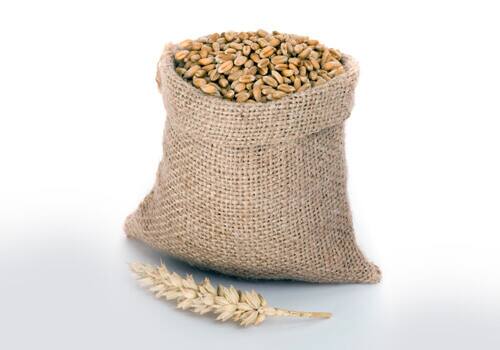 |
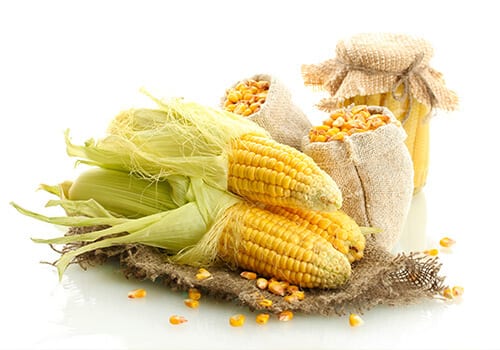 |
1. Wheat
2. Corn/Maize
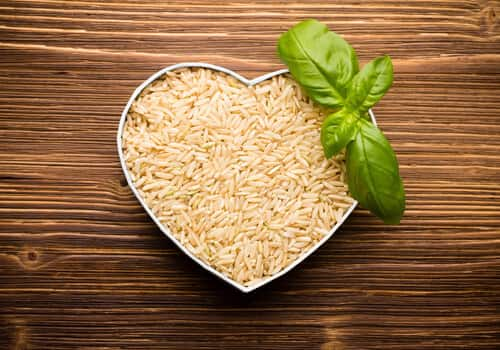 |
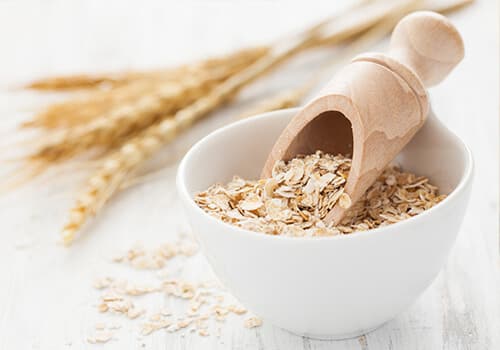 |
3. Rice
4. Oats
Is there a “best” grain?
Grains provide many different nutrients at slightly different levels. Choosing a variety of grain foods is recommended to reap the nutritional benefits that each provides.
1 Damania, A.B., J. Valkoun, G. Willcox and C.O. Qualset (Eds.) 1998. The Origins of Agriculture and Crop Domestication. ICARDA, Aleppo, Syria, xi + 354 pp.
2 Warren, John. The Nature of Crops: How We Came to Eat the Plants We Do. Boston: CABI. Paperback.
3 Gopalan C, et al. Nutritive value of Indian foods. NIN & ICMR; 2010.
4 APEDA Apex update. Cereals: the grain export potential. April-June 2012. Available at: http://www.apeda.gov.in/apedawebsite/miscellaneous/APEX_April-June_12_ENG.pdf
5 Sramkova Z, et al. Chemical composition and nutritional quality of wheat grain. ActaChimicaSlovaca, Vol.2, No.1, 2009, 115 – 138.
6 Slavin J. Fiber and Prebiotics: Mechanisms and Health Benefits. Nutrients. 2013;5(4):1417-1435.
7 Food and Agriculture Organization of the United Nations. Maize in Human Nutrition. Rome, 1992.
8 Food and Agriculture Organization of the United Nations. Rice in Human Nutrition. Rome, 1993.
9 Young, Vl.L. Oats lipids and lipid-related enzymes. In: Oats – Chemistry and Technology. Ed. Francis H. Webster. St. Paul, MN: American Association of Cereal Chemists, 1986.
Helping consumers make informed food choices

Kellogg’s can trace its origins to a philosophy that urged people to improve their health by changing their eating habits.
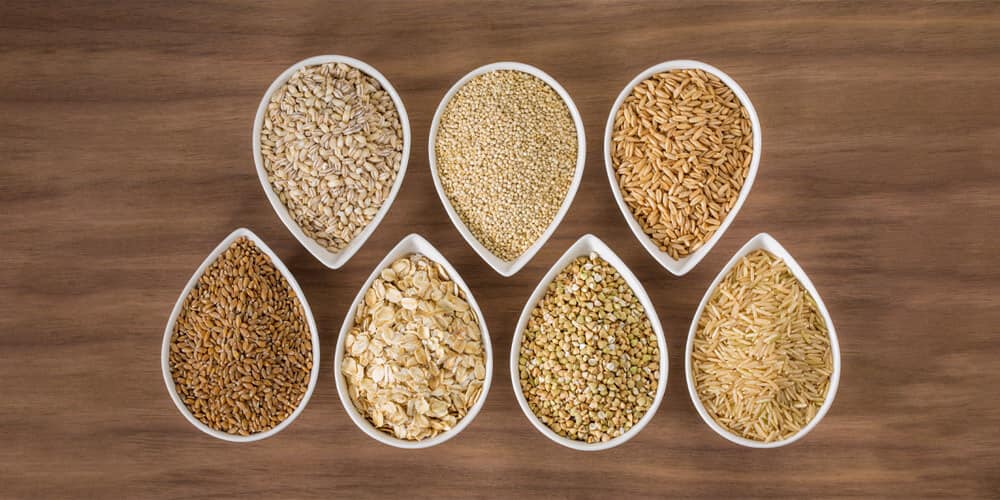
Cereal grains have formed the foundation of a healthy diet for thousands of years.
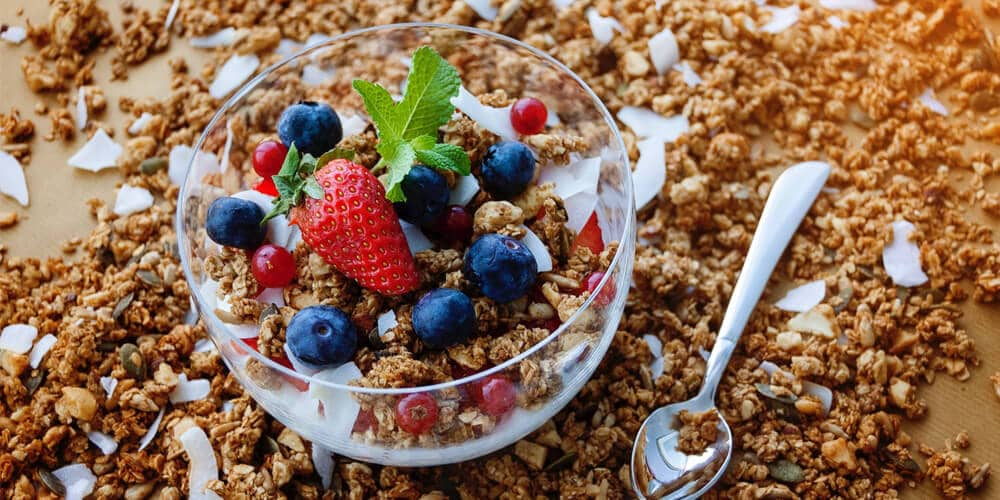
Incorporation of breakfast cereals as part of a balanced breakfast provides a great opportunity to include important benefits of grains in the diet.
Mars Completes Acquisition of Kellanova. Read More